Written By: Derek Freitas, Eco Ruralis Staff
The Republic of Moldova is the 22nd largest wine-producing country in the world. For such a small country, it certainly grows a lot of grapes. Agritourism is on the rise and so is the market for its wines all across Europe but are there enough economic opportunities for small-scale producers? And how does the export focus of the national government affect the genetic diversity of grapes? Recently, Eco Ruralis staff made a visit to find out more.
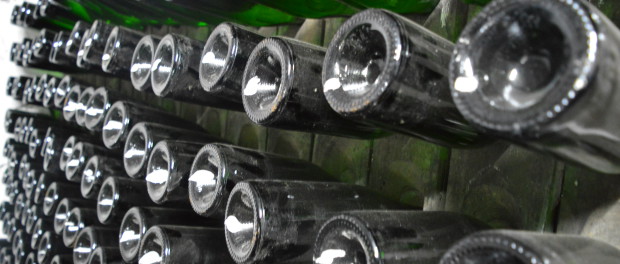
The land of the Republic of Moldova has a long and rich history of grape and wine production dating back to the Dacian times. The first grape vines were here around 7,000 BCE and for 5,000 years wine has been made – so, they are pretty good at it! Generations and generations of people living in the countryside have produced wine for family consumption and local trade which is still the case today. There are 4 historical wine regions: Valul lui Traian (south west), Stefan Voda (south east), Codru (central), and Balti (north). Wine is the preferred alcohol by far and grapes are literally a national symbol of pride that are displayed on plenty of souvenirs for tourists.
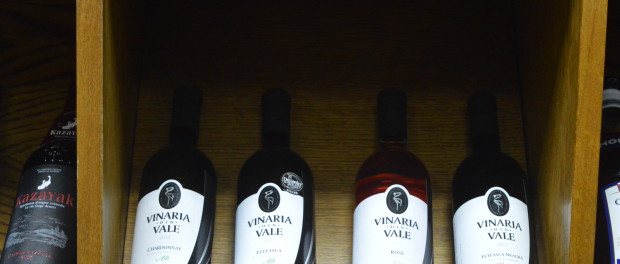
In 2006, Russia set up an embargo on Moldovan wine due to a diplomatic conflict. In 2013, Russia instituted a similar ban due to Moldova’s decision to sign a draft association treaty with the European Union. This had devastating effects on the country’s economy because Russia has always been the biggest importer of its wine. It became apparent to the national government that they needed to try to open up to markets other than Russia. So, in the last few years, a National Office for Vine and Wine was established. This public institution started the Wine of Moldova program which currently promotes Moldovan wine world-wide and also offers assistance and consultancy to producers. According to its website, “The wine industry accounts for 3.2% of the Gross Domestic Product and 7.5% of Moldova’s total exports, employing over 250,000 people at the 140 wine companies. Moldova has the biggest density of vineyards in the world – 3.8% of the country’s territory and 7% of the arable land.” In 2004, 90% of Moldovan wine was exported to countries to the east like Belarus, Russia and Ukraine. Now, that has been cut to 68%. Moldova has expanded its portfolio to the West to include larger exports to countries in the EU like the Czech Republic, Poland and Romania.
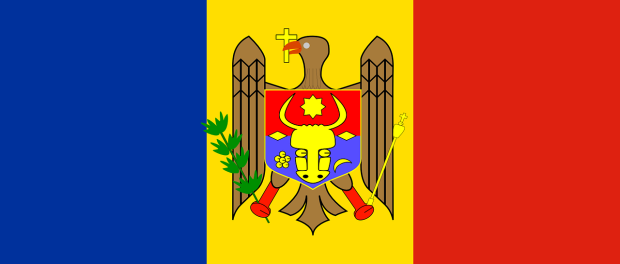
All of this sounds good but of course there are some drawbacks. The Moldovan Government is notorious for corruption, lack of transparency and solid support for industrial-scale grape and wine production. Currently, there is an anti-corruption campaign going on but civil society members from the country have told us of reports the task force set up to administer this has been corrupted too.
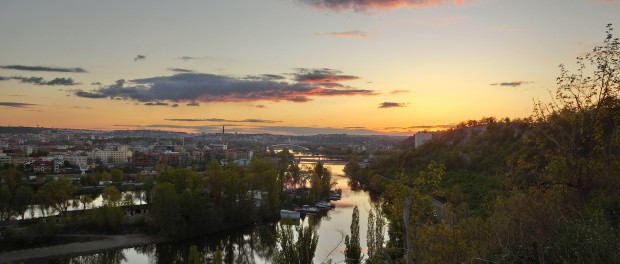
Myself and another colleague from Eco Ruralis decided to make an agritourism visit to Cricova, the second largest winery in Moldova and one of the largest in the world. On the ride to the winery, one can view (or try to view) the massive 107,800 hectares of vineyards that it uses for commercial purposes. In addition, it has 120 km of underground galleries from which some is used for wine production.
During the tour, you can find the private wine collections of many current and former heads of state like Vladimir Putin and Angela Merkel or other famous people. There was a tasting and I do have to say that the Rara Neagra is the best wine I have ever tasted in my life. The tour was great but at the end we were disheartened to learn about the lack of traditional grape varieties currently being grown throughout the country. “The authenticity and uniqueness of Moldovan wines is represented by the indigenous varieties, which account for 10% of the vineyards: Feteasca Alba, Feteasca Regala, Feteasca Neagra, Rara Neagra, Plavai, Viorica, etc.” Ten percent is very small and just shows how much of the economic share is not going towards small grape and wine producers who tend to use more traditional varieties.
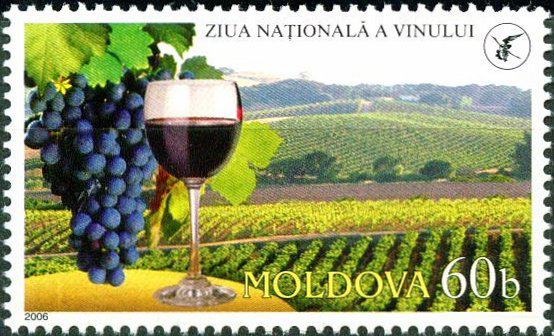
Although the Moldovan Government has set up a National Wine Day and a few other public events per year to do domestic wine promotion, it is overwhelmingly focusing almost all its efforts on international promotion and production. This leaves behind the small-scale grape and wine producers who mainly sell locally or regionally within Moldova. Civil society is not very developed in Moldova and thus it is hard to push the government to change its ways in order to encourage producers and consumers to support genetically diverse grape and wine production. A recent decision made to close the large central food market of Chisinau doesn’t help these people either. It seems as though the Moldovan Government is more focused on the “East” and “West” rather than its own people. If Moldova does at some point become a part of the European Union, it would benefit greatly from the CAP funding for agritourism, alternative food networks and small enterprises focused on education and knowledge exchange for young farmers. There is a list of 65 wineries to visit in Moldova and it would be very helpful for them to receive funding on the many measures related to this subject.




